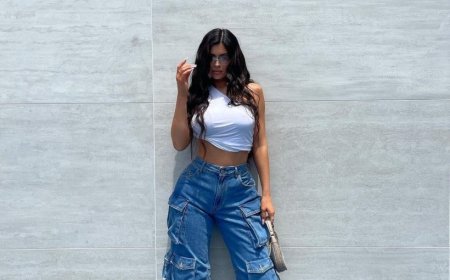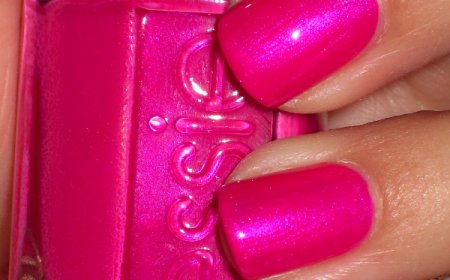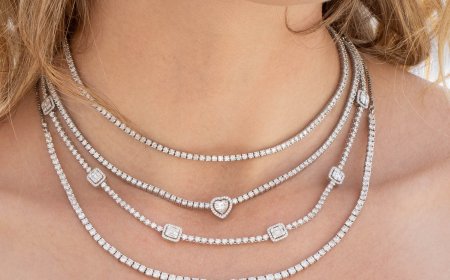What to Wear in 40-Degree Weather: Stay Warm & Stylish
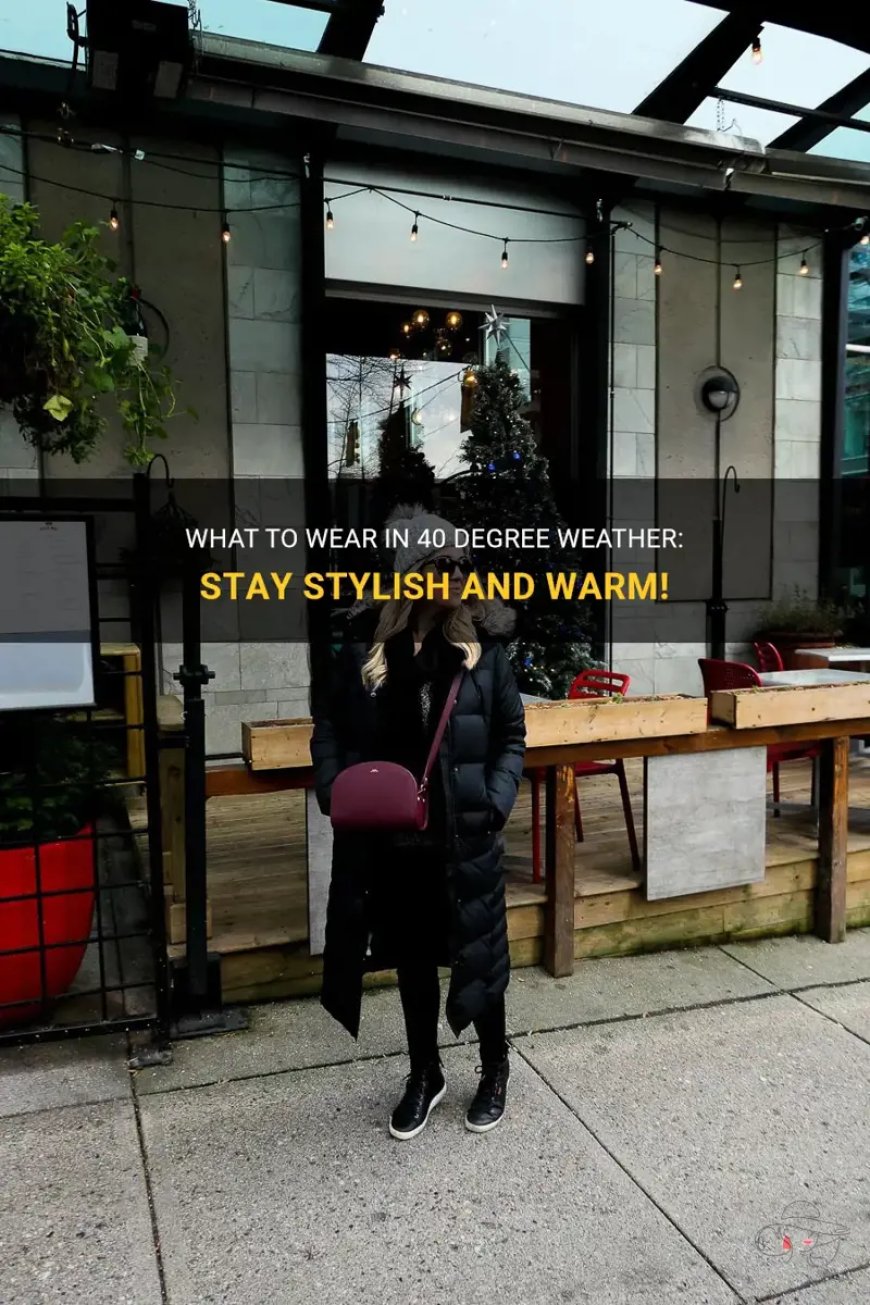
As the mercury dips to 40 degrees Fahrenheit, it becomes exceedingly crucial to select attire that reconciles warmth with a sense of style. The visceral nature of cold weather can significantly influence mood, thus, dressing appropriately holds paramount importance not only for physical comfort but also for emotional well-being. In this exposition, various strategies for curating a wardrobe suitable for such temperatures will be discussed. Emphasis will be placed on the alignment of fashion with practicality, highlighting the psychological benefits of dressing well in cold conditions.
Understanding the nuances of temperature and its effect on apparel choices can transform the often mundane task of dressing into a creative expression that enhances one’s mood. The following sections will delve into the indispensable elements of a stylish winter wardrobe, the intersection of comfort and aesthetics, and the psychological advantages of looking one’s best in inclement weather.
Considerations for Fabric Selection and Layering
To deftly navigate 40-degree weather, it is essential to grasp the significance of fabric selection. Materials should be chosen not merely for their aesthetic appeal but for their thermal insulation properties. Fabrics like wool, cashmere, and thermal blends are celebrated for their ability to retain heat while ensuring breathability, which is critical in preventing the discomfort of overheating as one transitions between indoor and outdoor environments.
Synthetic fibers, such as polyester and nylon, also play a pivotal role in modern winter clothing, often engineered to wick moisture away from the skin. This quality mitigates that clammy feeling which can detract from one’s overall mood. When curating layers, the concept of “base, mid, and outer” is paramount. A fitted base layer made from merino wool or a moisture-wicking synthetic fabric should be the first line of defense, followed by an insulating mid-layer, such as a fleece or down vest, and finally an outer shell that is windproof and waterproof.
The adaptation of this layering technique will not only keep the body warm but also afford an opportunity for personal style to emerge. Bold colors and unique patterns in base and mid-layers can juxtapose against the more subdued tones typical of outerwear, allowing for a seamless blend of practicality and personal expression.
Accessorizing with Intent
Accessories are instrumental in shaping both the functionality and the stylishness of a winter ensemble. The trifecta of hats, scarves, and gloves can elevate a simple outfit into a polished presentation. A well-chosen hat serves a dual purpose: it provides insulation through heat retention while also adding a distinctive flair to one’s look. Styles ranging from beanies to more structured wool fedoras can be selected based on personal preference and occasion.
Scarves demand equal attention; they are both utilitarian and aesthetic. Opting for oversized or infinity scarves made from high-quality materials enhances warmth while allowing for creative draping and knotting, thus providing an opportunity to showcase individual style. Not to overlook, gloves should not merely be an afterthought. Leather gloves lined with cashmere, for instance, can provide an added touch of sophistication while ensuring protection against the cold.
Special attention should also be given to footwear. Insulated boots, particularly those equipped with non-slip soles, are instrumental in preserving warmth in extremities while maintaining an element of chicness. A striking pair of boots can serve as a focal point of an outfit, merging function and fashion seamlessly.
Emphasizing Mood-Boosting Psychology
Research suggests that clothing can have a significant impact on psychological states. The concept of “enclothed cognition” suggests that the garments one wears can influence their behavior, perception, and emotional state. Thus, dressing in a manner that is stylish and flattering can foster increased confidence and positivity, even in the depths of winter.
The act of dressing well can kindle a sense of empowerment, which can be especially invigorating when the environment is bleak and frosty. Wearing bold colors or interesting textures can enhance one’s mood, creating a contrast against the dreary backdrop of winter. This phenomenon aligns with the psychological tenet that external appearances often reflect internal states. By adorning oneself in apparel that feels good and looks good, the individual can experience a notable uplift in spirits, counteracting any potential winter blues.
Additionally, incorporating layers and textures into winter outfits may yield tactile pleasure, further fostering a sense of comfort and well-being. The sensation of a soft wool sweater or the embrace of a warm scarf can provide not only warmth but also a soothing emotional experience. Fabrics that feel luxurious against the skin can serve as a reminder of self-care and attention to one’s own needs during the harsher months of the year.
The Capsule Wardrobe: A Sustainable Approach
In today’s world, the concept of sustainability has permeated every facet of consumerism, including fashion. The construction of a winter capsule wardrobe consists of a curated collection of versatile clothing items that serve multiple purposes and can be interchanged to create various outfits. Establishing a capsule wardrobe reduces the compulsion to purchase numerous items, promoting a more thoughtful relationship with clothing and the environment.
A classic winter capsule might include staple items such as a tailored coat, a versatile pair of jeans, and a selection of sweaters. Each piece should be thoughtfully selected for its capacity to coordinate with others while offering comfort and style. This strategy not only simplifies decision-making when dressing but also promotes mindfulness and intention behind each clothing choice.
Furthermore, the incorporation of a limited color palette can create coherence throughout the capsule wardrobe. This detail encourages creativity in mixing and matching pieces, allowing the wearer to feel refreshed and stylish, even in colder climates. Ultimately, this practice can lead to a more organized wardrobe, less clutter, and reduced stress levels when selecting daily attire.
Navigating Social Situations with Confidence
Lastly, dressing appropriately for the climate can enhance social experiences, encouraging individuals to engage more fully with their environment. Whether attending winter events, holiday parties, or enjoying outings in brisk air, appropriate attire engenders confidence in social interactions. Individuals are less likely to be distracted by discomfort caused by inadequate clothing choices.
When one feels good about their appearance, interpersonal relationships thrive. Confidence born from well-considered fashion choices can lead to increased social engagement, fostering connections and joyful experiences during the otherwise frigid months. Thus, the investment in winter attire is not merely about personal style; it is an endeavor that cultivates a vibrant social life.
In summation, dressing for 40-degree weather necessitates a harmonious blend of warmth and style, underpinning both physical comfort and psychological resilience. By judiciously selecting fabrics, employing strategic layering, accessorizing with intent, and embracing the uplifting nature of dressing well, one can navigate winter with grace and confidence. The transformative power of clothing remains a profound tool in fostering both self-expression and emotional well-being amidst the chill of cold weather.
What's Your Reaction?
 Like
0
Like
0
 Dislike
0
Dislike
0
 Love
0
Love
0
 Funny
0
Funny
0
 Angry
0
Angry
0
 Sad
0
Sad
0
 Wow
0
Wow
0
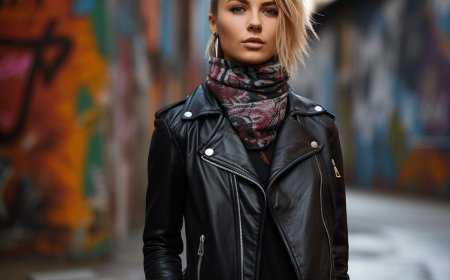
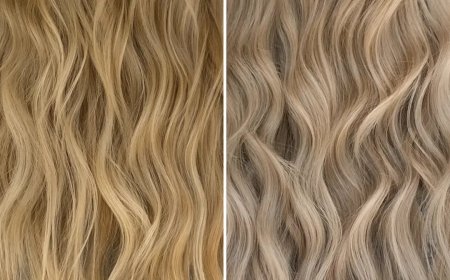
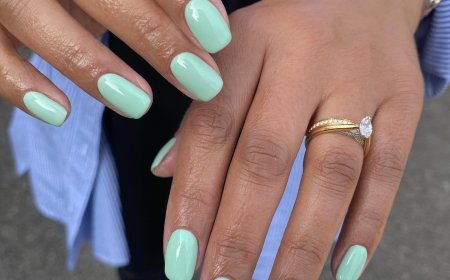
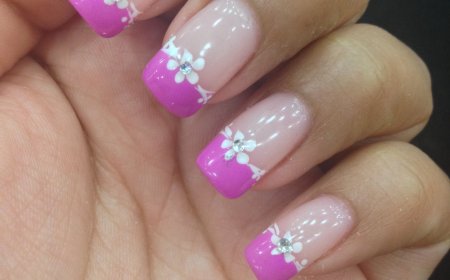





:max_bytes(150000):strip_icc()/drugstore-retinol-creams-tout-f76b9d2796e34eaa8376801c83fb1888.jpg)







